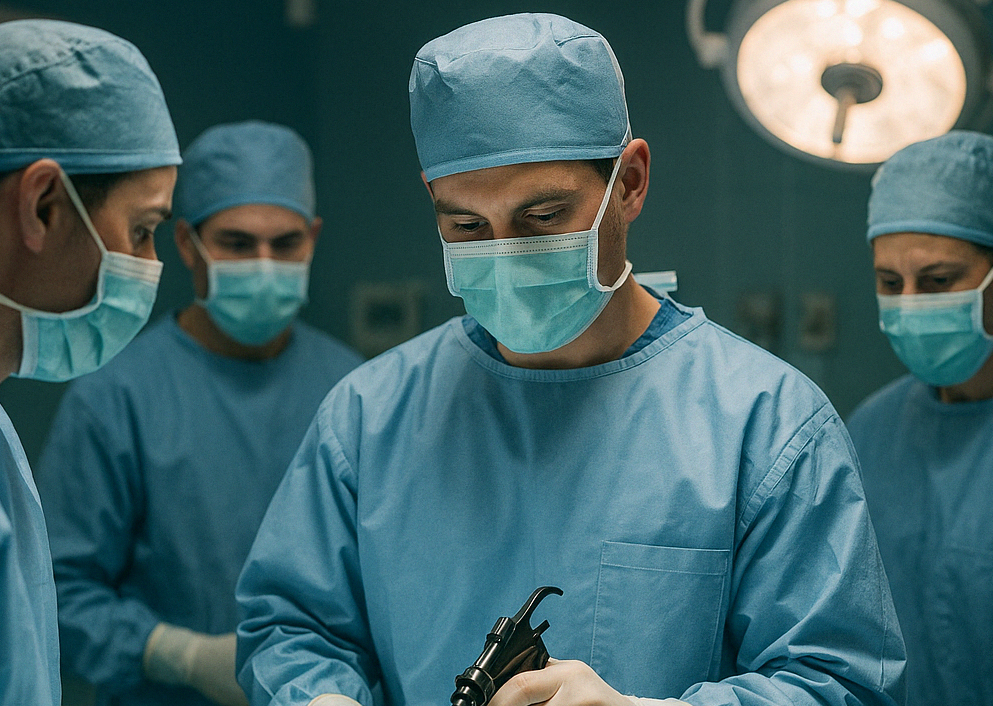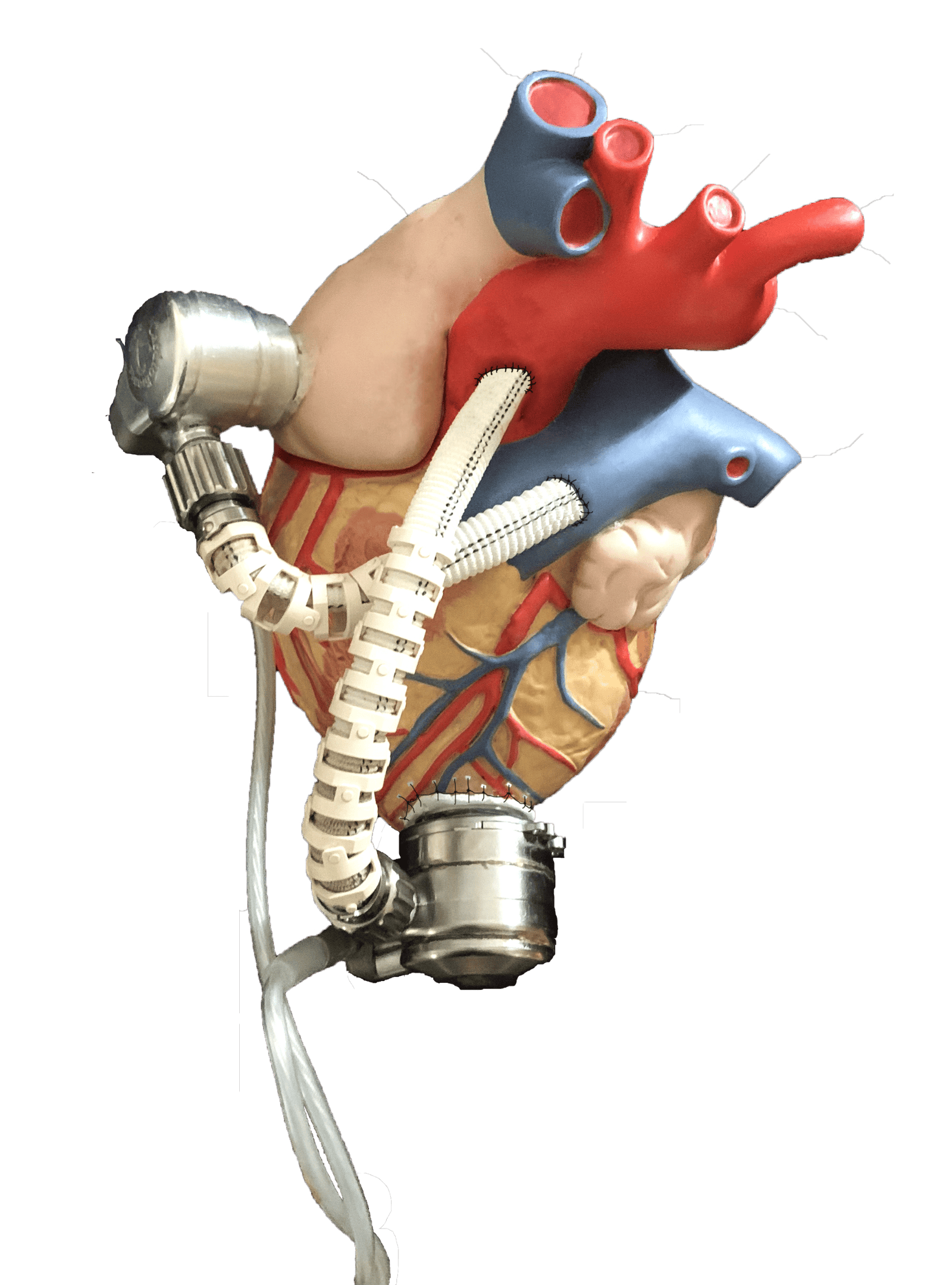Market Need
Heart Failure: A Global
Health Crisis
Globally, heart failure is the leading cause of death 1. There are approximately 64 million people worldwide with heart failure (expected to be 70 million by 2030)2 . Heart failure significantly reduces the heart’s ability to pump blood effectively.
Current estimates are that nearly 6.5 million Americans over the age of 20 have heart failure. One major US study estimates there are 960,000 new heart failure cases annually.3
Heart failure is a significant public health concern in India, with an estimated annual incidence ranging from 491,600 to 1.8 million cases. The prevalence is also substantial, estimated at 1.3 to 4.6 million.4
In Australia almost 144,000 people (0.6% of the population) live with heart failure.5
Advanced heart failure is often linked to significant functional decline and challenging symptoms, including severe shortness of breath, chest pain, fatigue, anorexia, and oedema, which can often lead to death.
Pharmacotherapeutics play a critical component in the initial medical management of heart failure. However, as the heart’s blood-pumping function continues to decline, patients might need to be evaluated for surgical options such as heart transplantation and/or the implantation of an active implantable cardiac assist device, like a ventricular assist device (VAD).

Heart Transplant Complications
On the other hand, while VADs have been in production for several years, their design and manufacture present considerable engineering challenges and lead to extremely high costs for the devices.
Left ventricular assist devices (LVADs) currently cost around USD$ 100k. Total implantable artificial hearts (TAH) have a very small market share due to their size, complexity, and requirement for completely removing the native heart. They are expensive, costing USD$ 200k. 7
The largest market is the Left Ventricle Assist Device (LVAD), since it is usually the left side of the heart that fails.
Addressing the Critical Need in Heart Failure Treatment
There is a significant ongoing need for advancements in this sector, particularly in creating new VAD products that simplify implantation and usage while reducing the overall cost associated with device manufacture and implantation.


